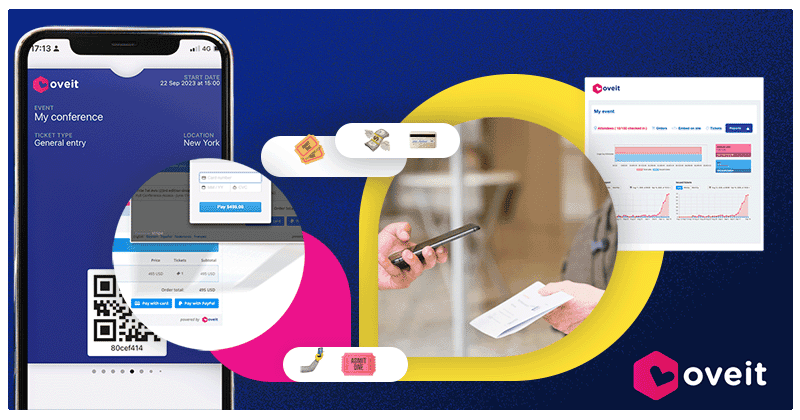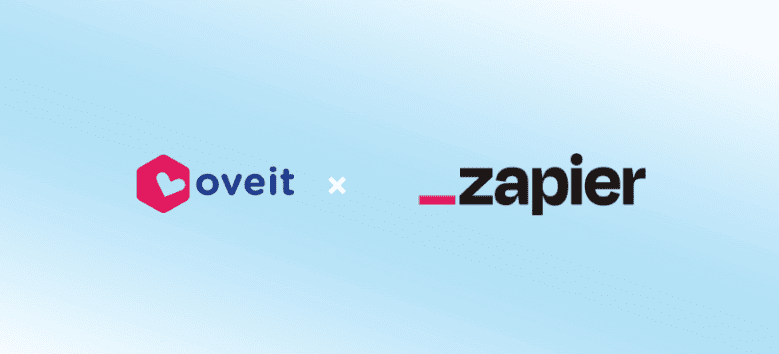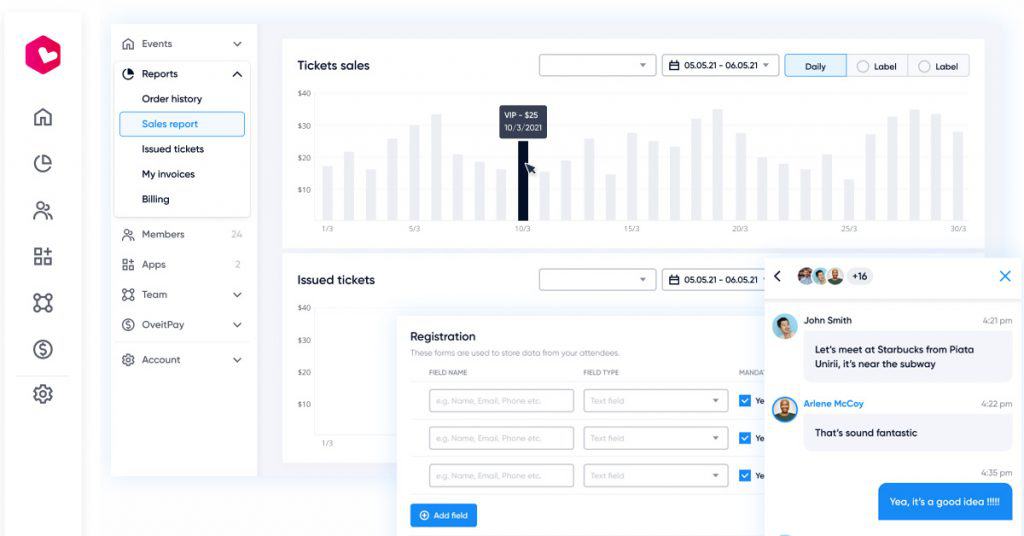With the shutdown of Xing Events (formerly known as Amiando) in 2023, event organizers are on the lookout for a reliable and efficient alternative. If you’re searching for the best alternative to Xing Events, look no further than Oveit. Oveit Events Hub is a powerful event management platform designed to simplify your conference registration, payments, access control, and sales and marketing efforts.
Why Oveit is the Ideal Alternative to Xing Events
Streamlined Event Registration and Payments
Oveit offers an end-to-end solution to streamline event registration and payments. By automating these processes, Oveit eliminates the need for manual data entry, reducing errors and saving time. With features like global billing invoicing and diverse payment options, financial management becomes effortless and efficient.
Cost Reduction and Time Savings
One of the significant advantages of Oveit as an alternative to Xing Events is its ability to cut costs and save time. Our platform’s modern infrastructure ensures stable and agile operations, allowing you to focus on the creative aspects of your event. Automation helps you say goodbye to complicated manual tasks, enabling your team to concentrate on delivering a memorable event experience.
Enhanced Sales and Marketing Capabilities
Oveit is a special type of event registration platform: it’s a specialized sales and marketing tool. With features like Event Conversion Rate Optimization (CRO), affiliate and partner sales tracking, and CRM integration, Oveit ensures that no sales opportunity slips through the cracks. This makes it a powerful alternative to Xing Events for boosting your event’s bottom line.
Engaging Sponsors and Partners
Oveit excels in helping sponsor and partner engagement. Its user-friendly interface helps sponsors collect valuable leads and provides tailored registration packages for key stakeholders. This makes it an excellent choice for organizers looking to foster strong relationships with their sponsors and partners.
Marketing Automation Supercharged
Oveit’s marketing automation capabilities make it a standout alternative to Xing Events. With Oveit CRO, you can significantly boost conversion rates by refining the ticketing process and preventing potential buyers from dropping off. Oveit Analytics provides deep insights into buyer behavior, allowing you to optimize your marketing campaigns and refine your event strategies based on real-time data.
API-First Event Management
Oveit’s API-first approach sets it apart from traditional event management platforms. APIs enable seamless integration with other essential tools, such as CRM and marketing software, finance systems, and event networking apps. This ensures real-time data exchange, streamlined operations, and cohesive event experiences.
Conclusion: Oveit as the Best Alternative to Xing Events
In the wake of Xing Events’ shutdown, we strongly believe Oveit stands out as the best alternative for event organizers. Our automation capabilities, sales optimization tools, and seamless integrations provide an end to end solution that enhances efficiency, reduces costs, and improves the overall event experience. With a strong track record and glowing client testimonials, Oveit is the ideal choice for those seeking a reliable and feature-rich alternative to Xing Events.
If you’re ready to take your event management to the next level, book a demo with Oveit today and discover why it is the best alternative to Xing Events.



